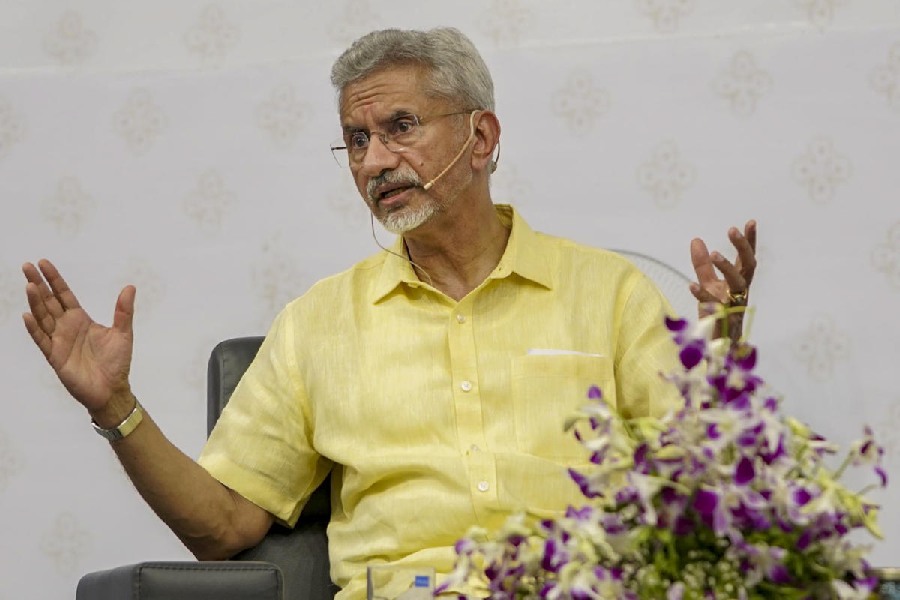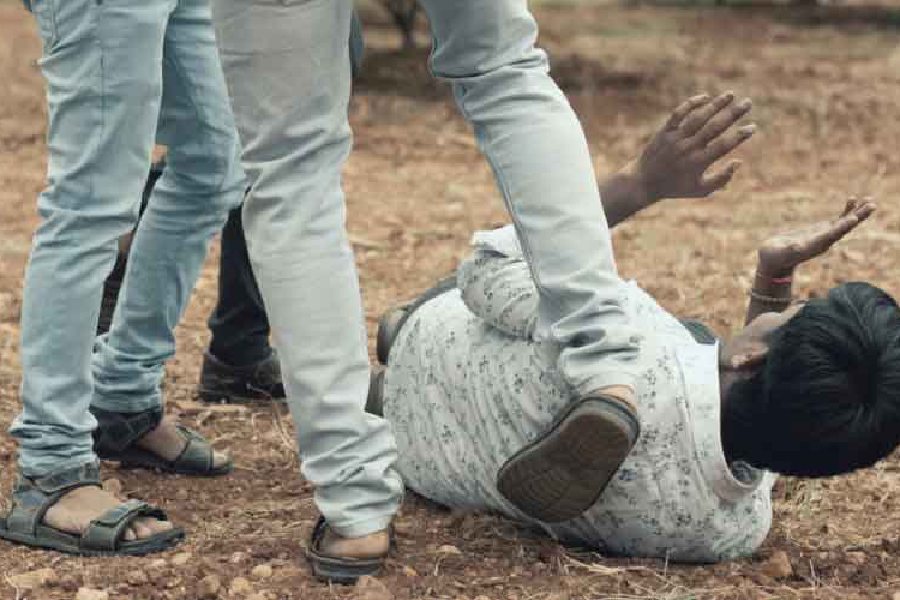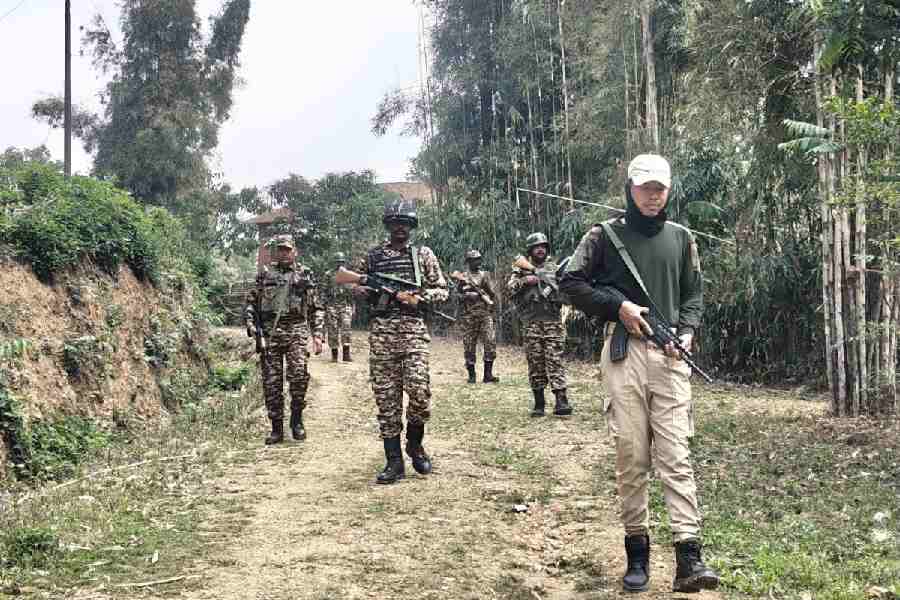|
|
An option, says the dictionary, is both the thing that is or may be chosen and the freedom or right to choose. Such a fusion of object and agency is at once exciting and scary, exciting because scary. But human beings cannot bear too much excitement. (Deliver us, Lord, from the sexiness of risks.) That is why, instead of the expected gloom, a hopeless sort of serenity comes upon most of us when we contemplate the fact that there are no choices at all — no options — in the first and last things. We have no choice in our Coming Hither (just as some democracies, including this one, do not allow us to say “None of the above” when we vote). And religion, law and good manners place every possible obstacle to our voluntarily Going Hence. There is, of course, the Dignitas clinic in Zürich. But imagine going to the Swiss embassy with your visa application form saying, “Purpose of visit: to die.” Opting out is terribly difficult. Unless you don’t mind being made to feel like a loser, criminal or sinner. And at the heart of love, and of cruelty, there is a profound fear of freedom, of our own freedom and that of others.
To move from the first and last things to the Union HRD minister is perhaps not fair to the man (some will say, not fair to the first and last things). But Kapil Sibal has thrown up — unwittingly? — a fascinating version of the problem of freedom and choice in making the CBSE exams at the end of Class X optional. “Optional for whom?” is the crucial question here. How will this fairly radical change of policy be thought through, and then implemented, in the actual lives of a huge number of young people in the country?
More particularly, who will exercise the option: the student, the guardian or the school? To ponder the implications of this question is to realize how deeply it is tied up with the adult world’s notion of childhood itself, and with the extent of that world’s investment in this notion. And by the adult world, I mean here the family as well as the State, working as interlocking systems or “concentric nests”, to borrow A.K. Ramanujan’s phrase. In the current public discourse on education, given a frenetic new buzz in the media by the HRD ministry’s multiple reforms, there are two kinds of vocabulary being used to talk about the secondary-school student. On the one hand, the State must disburden the child, make the schoolbag lighter, minimize homework, lessen the trauma of exams, and shade the garden of learning from the glare of competition. On the other hand, children must be given the right to choose, they must learn to be free, they must be helped into adulthood. The first is the language of paternalism, the second that of rights. The first talks about protection, the second of participation. In the first, the child is an object, in the second an agency; passive in one, active in the other. (A third language, the voices of the students themselves, has been conspicuously unheard so far in the entire debate.)
Each language is premised on an idea of childhood that is apparently at odds with the other. But, in a society like India’s, the two languages end up being in a sort of loving collusion with each other. Such a collusion is founded, in turn, upon the family and the State seeing eye to eye, to a remarkable extent, on the issues of protection and participation, on the virtues and perils of having (or being given) choices and options.
In all this, the student comes to embody a peculiar kind of childhood, which has everything to do with the stage of life, biologically and culturally, in which he or she faces the first set of board exams in school. A student who is around 16 years old is caught in the passage from the first to the second configuration of childhood outlined above, between protection and participation. From the point of view of adult perceptions and handling of children, the ambivalence and ambiguities of adolescence can be challenging. (Notice how troubling words like handling begin to sound the moment we are talking about an older child, and how odd it feels to use the pronoun, it, for a child, even though the usage is grammatically correct and conveniently gender-neutral.) And this discomfiture with adolescence is reflected not only in the family and in institutions like the school, but also in the law, where the cut-off age for the definition of childhood varies widely from law to law, depending on which area of human experience is being regulated. The child as labourer, the child as learner, the child as bride or groom (that is, a sexual being), the child as victim or perpetrator of sexual, criminal or military violence: in each capacity, a different notion and corresponding image of childhood are conjured up and then institutionalized by the law through the cut-off age. From the Plantation Labour Act, 1951, to the Children Act, 1960, it varies from 12 to 21 years, and in significant instances (like marriage) the variation takes account of gender, but not social environment, class or caste. What the law mirrors, then, are the larger and deeper confusions and contradictions in the way we would like to think of childhood in relation to labour, sex, violence and education, or in our inability to balance our concerns about the minds of children on the one hand and their bodies on the other.
How we tackle the question of options is inextricable from such confusions and contradictions. These are not merely conceptual or intellectual failings, but are part of the complexity of our material and emotional relationships with children in different spheres of everyday life. So, as parents, teachers, lawkeepers or policymakers, what we are confronting here are not just laws, policies or principles, but matters that are part of the most intimate and unsayable depths of our adult being. What we actually allow children to be capable of, the choices that we let them make and the freedoms that we let them live out, are inseparable from the different limits, the different cut-off points, that we set ourselves in our imagination of childhood. These limits are, in turn, inseparable from what we ask of children, from the way we need them, what we want them to do for us, at every level and in every sphere of our lives, from the most frighteningly real to the most beautifully symbolic. In a desperately poor and unequal country, with its minimal welfare system in tatters, these needs are never just psychic or emotional, but also selfishly, brutally, material. So nothing that we do for children and with them, nothing that we wish for them, is for their sakes only, but for our sakes too. That is why the cherished language of unconditionality and disinterestedness may sound anything from movingly deluded to patently duplicitous when we are talking about our vision of childhood or love for children. And this is as true about the State as about the family, as true of the language of law as of the language of love.
So what kind of structures do we need to rethink and put in place — in our minds and hearts, in the family, in schools and law-courts, among other places — before we acknowledge the right of children to decide for themselves whether or not they will sit an important public exam? Or will they be interpreted and implemented out of the optionality of this particular option, leaving their guardians or teachers to do the choosing for them? Or if they are allowed to choose, then are we ready to allow the implications and consequences of that choice? In a school where 99 out of 100 students have chosen to sit the exams, how are we going to treat the one child who has opted out? Will there be room (in school, at home and among peers) for this child to be different (and continue to be different with the years), or will he or she have to conform eventually to the sheer pressure of numbers? Will the nature and extent of choice be different for girls and boys? And if children are allowed this choice, would it help them make (and help us let them make) riskier, more difficult, choices later in life? And can we bear not to wonder whether they have chosen right? For wouldn’t that be the beginning of letting them go, of letting go?











